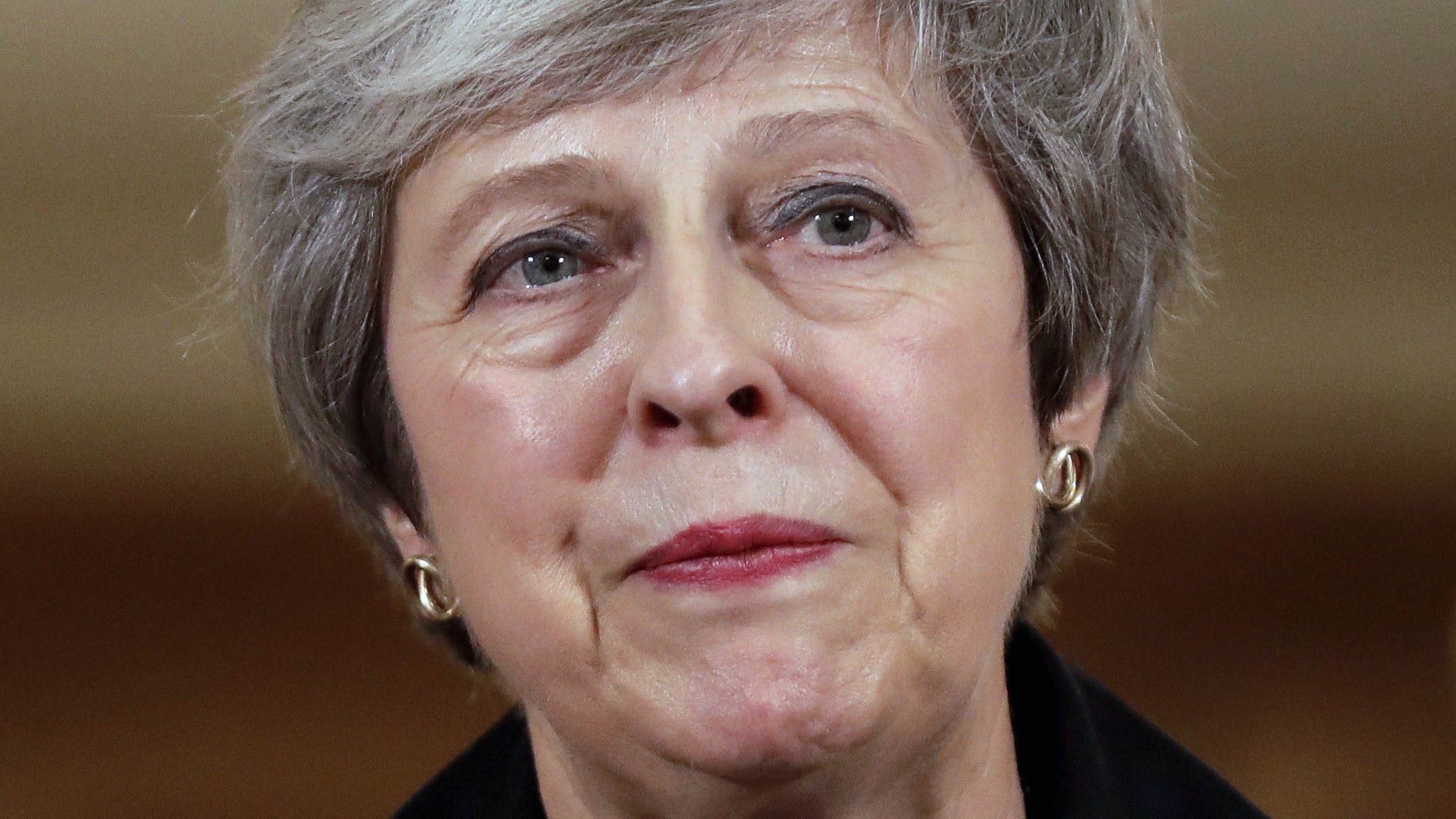
IT was hard to spot through the fog of chaos and confusion but there was a moment, a fleeting, blink-and-you’d-miss-it moment, last week when there was a clear consensus on Brexit.
The problem was that the rare unity of purpose amid the splintering chaos occurred outside the House of Commons rather than within.
Yellow-vested protesters on both sides of the divide gathered to hear what was to be a historic vote against the government.
And both sets thought they’d won because, for different reasons, they both wanted her deal done down.
The cheers were deafening, and an impromptu celebratory party of warring sides broke out, just like Christmas in the trenches.
The Prime Minister had lost the critical motion on her Brexit deal by 230 votes, making it the largest defeat in modern British political history.
What is more, this was not defeat on some minor policy. This was a defeat on the government’s raison d’etre – the major focus of all its efforts for the past two-and-a-half years, and the issue with which May’s premiership has been inextricably linked.
The mood outside Westminster was jubilant. May’s deal was dead and, for a moment, when some believed she too would be gone, there was unity, even dancing. Some thought it meant a better, harder deal could be struck, some thought it meant the fabled People’s Vote had inched closer but they all agreed to celebrate the torching of the prime minister’s Brexit blueprint.
In a television studio, arch Remainer Alastair Campbell metaphorically jumped across the desk and shook the hand of Brexiteer Nigel Farage, as they seemed to edge towards a patch of common ground and the prospect of a second referendum.
Inside the House of Commons, however, there was no sign of such bon accord. Here was a Prime Minister so roundly bested even by her own side that she suffered the ignominy of making it into the parliamentary record books for the wrong reasons.
At that moment it felt like something really had changed. This was momentous. Families were transfixed by the chaos of government, gathered around television sets believing they were witnessing a political earthquake.
Could this be the end of the PM and Brexit? No chance. She was already back on her feet, trying to call the shots. Jeremy Corbyn, she understood, must call for a vote of no confidence in her and, in that moment, she robbed the feeble leader of the opposition even that one chance to sound statesmanlike.
And by the following day of wasted debate and weaselish words, the Prime Minister was on the front foot having won a vote of no confidence on the back of her friends in the DUP and calling for all political leaders to meet with her in the quest of finding compromise.
Corbyn refused, laying down just one red line – that no deal must be taken off the table.
For this, despite everyone agreeing a no deal would be a national disaster, he has been vilified for not dancing to the PM’s tune.
May has so refused to break any of her red lines. It’s why we are where we are. The question now will be whether she is prepared to break her party or break her country. And the clock is ticking.
Mandy Rhodes is editor of Holyrood Magazine , follow her on Twitter @holyroodmandy

Enjoy the convenience of having The Sunday Post delivered as a digital ePaper straight to your smartphone, tablet or computer.
Subscribe for only £5.49 a month and enjoy all the benefits of the printed paper as a digital replica.
Subscribe